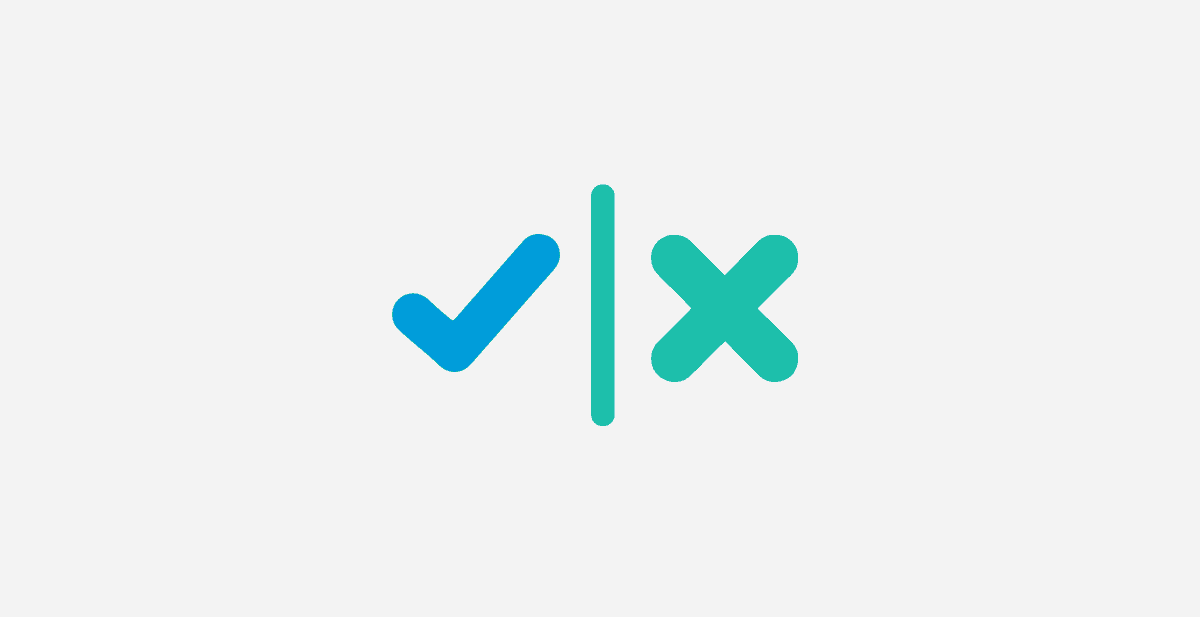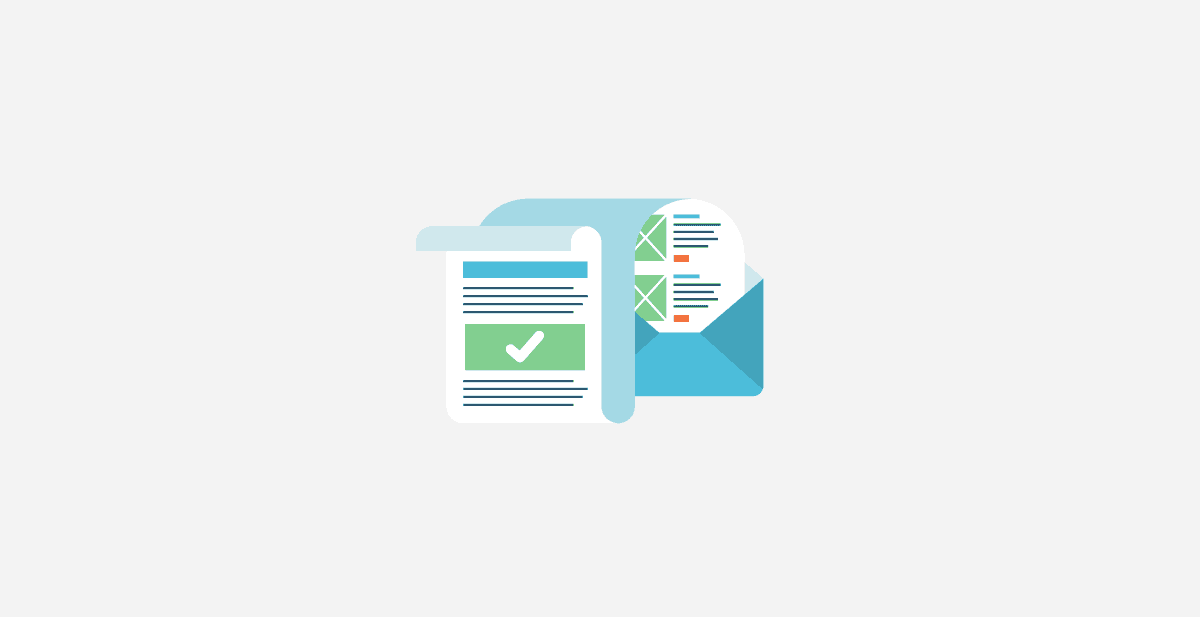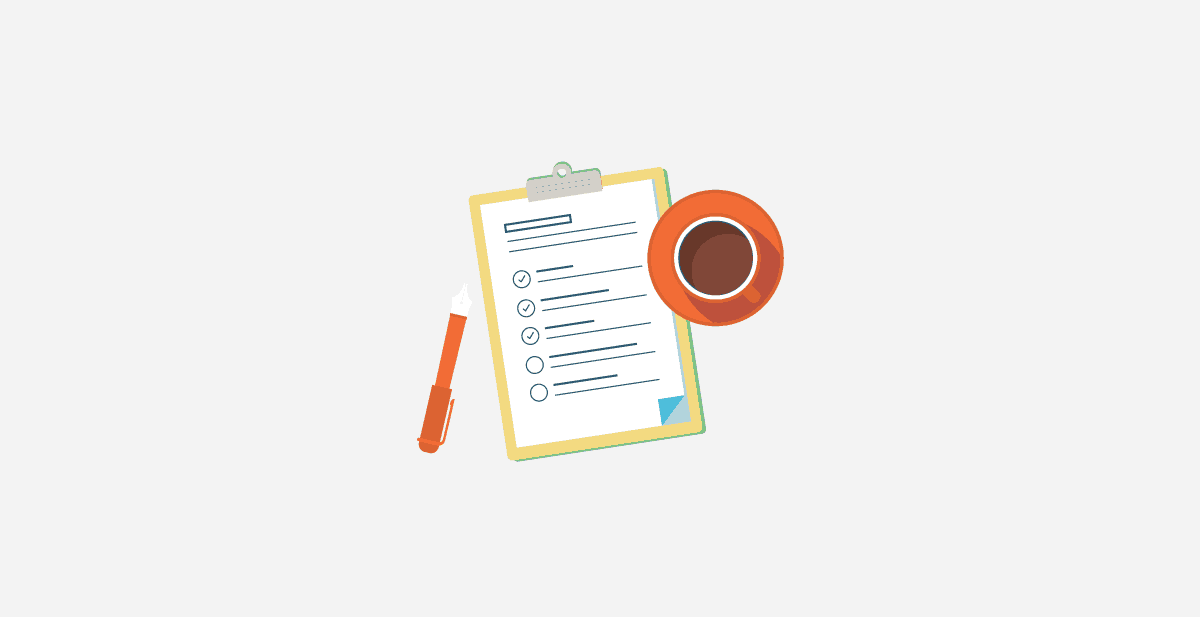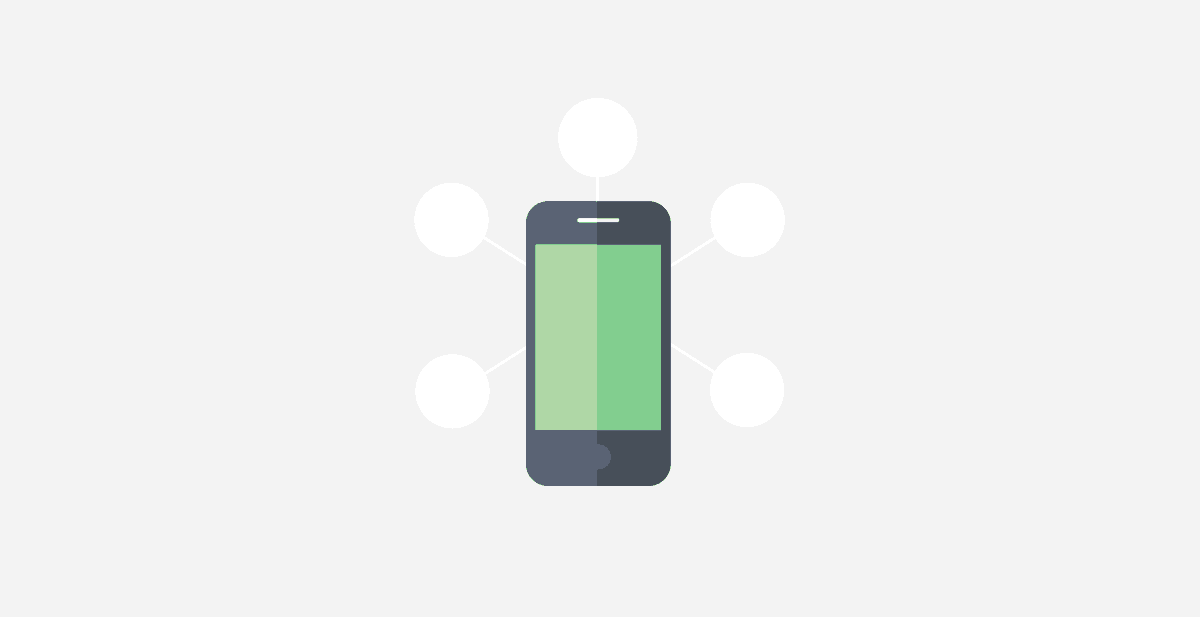You win the battle by making the all-important headline engaging and irresistible. Write a dull headline and it’s the only line that gets read. You don’t want that. So let’s make our way through the alphabet and spell out 26 tactics bound to help you improve your headline writing chops in this guide for writing headlines.
Posing a question, one of the oldest tricks in the book, remains one of the best ways to engage a reader.
Features tend to bore readers. Make an emotional appeal by putting benefits in your headline. An effective shortcut is to fill in the blank: How to [Blank]. Features won’t work there.
A proven headline approach (which can be especially effective for search) is to begin with a topical keyword phrase, followed by a colon—or dash—followed by a statement or question.

What to do? What not to do? Write a “do or don’t” headline to indicate your content is going to deliver a tactic or list that does or doesn’t t work for a task your audience needs to accomplish.
Decisions—be they to buy a product or “bite” at a headline—are based on emotions. Capitalize on the power of emotion by aiming for a feeling or describing one.

In the world of non-fiction, we all hunger for facts. A well-timed, topical, or provocative fact (or list of them) can be the ultimate hook for your story.
No matter what you’re writing about there are “greats” you might attach your story to: great accomplishments, great leaders, great landmarks in time, etc.
Help is a universal foundation of content marketing, non-fiction, and so many forms of publishing. As headline writer, you can always fall back on the simple strategy to highlight how your piece will be helpful.

Online content should be inspiring. It tends to guide you into new territory. A great headline may focus on the basic idea “you can do this.”
Jack something, as in “steal” (or borrow). Writers often turn to “newsjacking” to borrow interest from a trending story or famous figure.
Headline writers have always searched to use words that were key to the story, but in the age of search “keywords” has new meaning. The challenge is to include words people use when searching.

Lists are the most popular approach for writing headlines for online content because they work. Readers instantly know what they’re getting and appreciate how lists bring order to their lives.
Mistakes, misconceptions, myths… Don’t fear flipping the sunny side down. Experienced pros embrace negative headlines that beginners fear because they have tremendous pulling power.
Also Read: Why kissing frogs is soooo important … A cliché revisited
Using a number in your headline is powerhouse tactic. Beside the obvious use of numbers in list posts, you add intrigue to your headlines by citing results, timeframes, measurements, or anything that can be enumerated.

Write a headline that indicates you’re going to express your opinion—or that of another expert—and you’re likely woo many readers.
Most headlines can be improved with power words. Revisit your headline looking for soft or vague words that can be replaced with more energetic, emotional or descriptive words.
Pull a quote from a speech, interview, research report, song, play, movie or anything you believe makes for a tasty appetizer for the content soon to be served. Or simply create a post based on quotes.

Roundup articles generally present the insights of a number of experts or sources. Headlines for roundups almost write themselves. How many experts? What will they share? Done.
Understand getting started tends to be the hardest part of any task. A smart headline technique is to indicate your content presents the reader with an effective way to begin.
The “curiosity gap” is an age-old and proven headline technique. Simply write a headline that teases the reader into a state of “I must know where this is going.”
Here’s a simple technique, a derivative of the “How to.” Write a headline revealing how X can produce Y. Maybe… How the alphabet provides 26 headline writing tips.
Does your headline have a verb? Could it start with a verb? Can you make the verb urgent and interesting? Inject action into your headlines with interesting verbs.

Whether your headline is a question or a statement, these five “W” words can help you shape an interesting one.
eXamples can give you an eXciting way to tee-up your content. Showcase a person, group, companies, accomplishments, or any type of relevant example.
Your headline isn’t going to callout the reader by name, but the word “you” is the next best thing.
A zinger is writer-speak for a quip or phrase that comes last. In the case of headline it gets tagged on as if it were an afterthought. You can do add zing with a second sentence (or place a thought in parentheses).